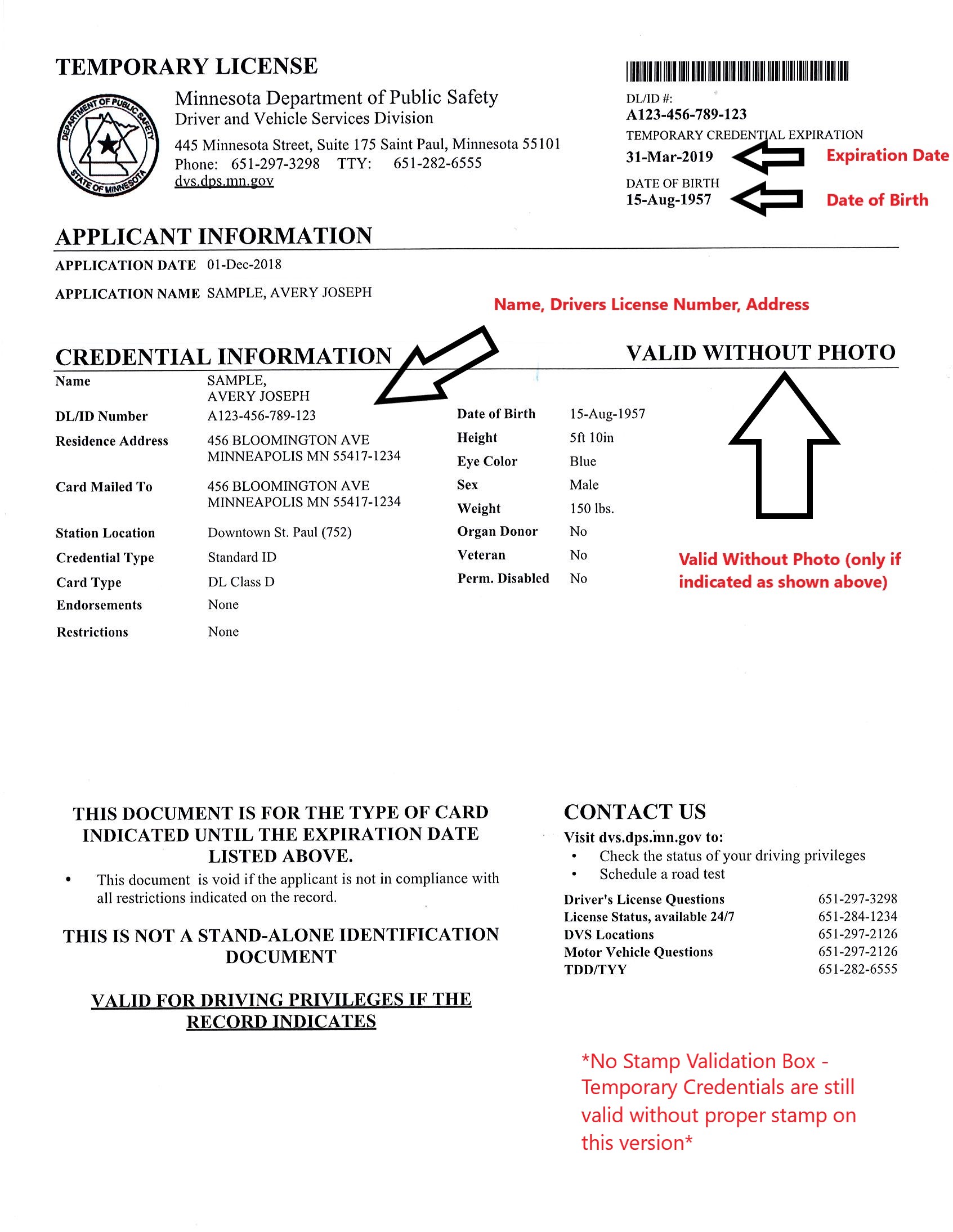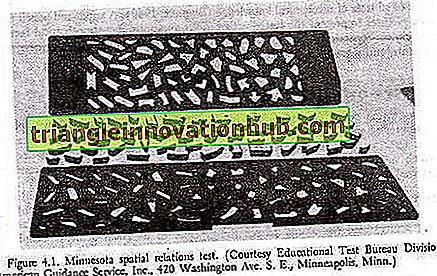


19, 433–444 (1976)Ĭooper, L., Podgorny, P.: Mental transformations and visual comparison processes: effects of complexity and similarity. 19, 296–302 (1976)Ĭooper, L.: Individual differences in visual comparison processes. 7, 20–43 (1975)Ĭooper, L.: Demonstration of a mental analog of an external rotation. 56, 81–105 (1959)Ĭooper, L.: Mental rotation of random two-dimensional shapes. 53, 221–227 (1957)Ĭampbell, D., Fiske, D.: Convergent and discriminant validation by the multitrait-multimethod matrix. They suggest that “spatial ability” is not unitary and that test-based sex differences in spatial ability largely reflect differences in rotation speed or in a factor underlying rotation speed.Īttneave, F.: Physical determinants of the judged complexity of shapes. These results are not due to speed-accuracy tradeoff strategy differences. Practice with the simple forms used in the mental rotation task substantially improved scores with the many more complex forms used in the Card Rotation Test, but did not improve scores on the Minnesota Form Board Test. Males strongly dominated females on the Card Rotation Test and in speed of mental rotation, but not on the Minnesota Form Board Test or in the intercept of the judgment-time by angle-of-rotation plot. The slope of the linear function relating response time to angle of rotation in the mental rotation task was stimulus-dependent, increasing with stimulus symmetry.

Three tests of spatial ability - speeded mental rotation and the Card Rotation and Revised Minnesota Form Board Tests - were examined with 32 college students.


 0 kommentar(er)
0 kommentar(er)
